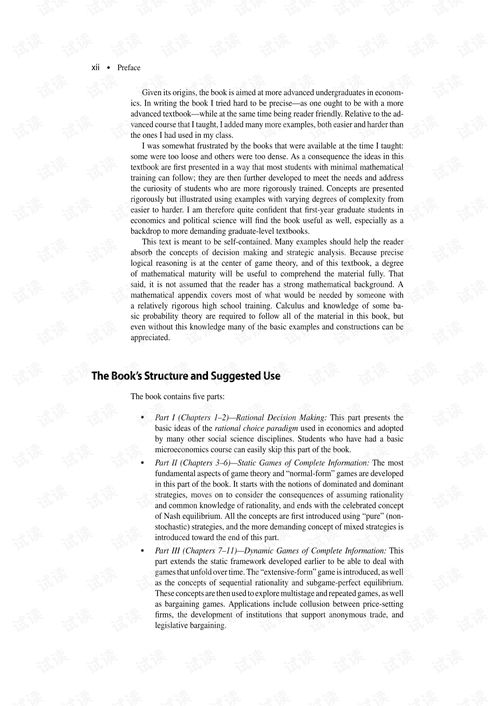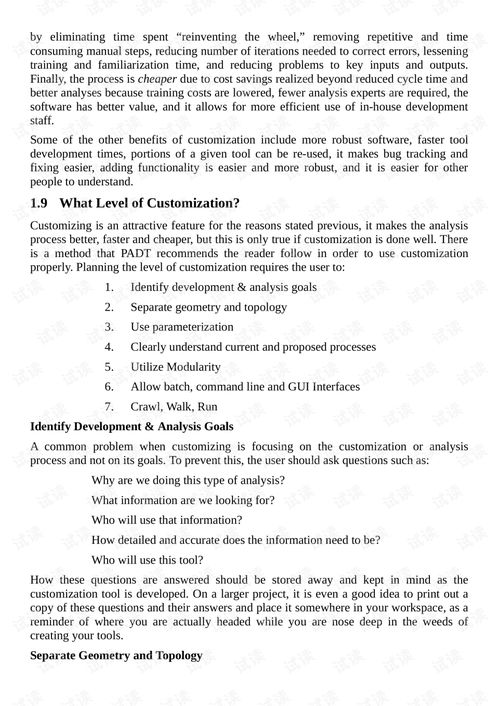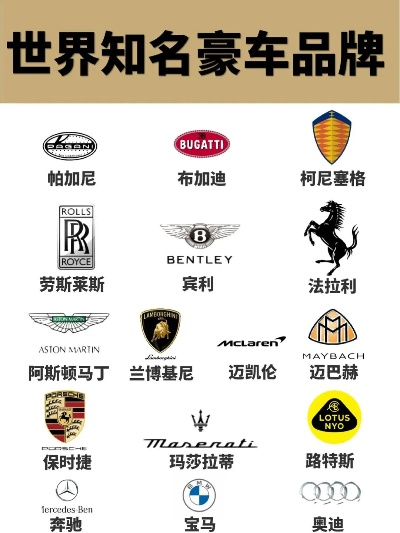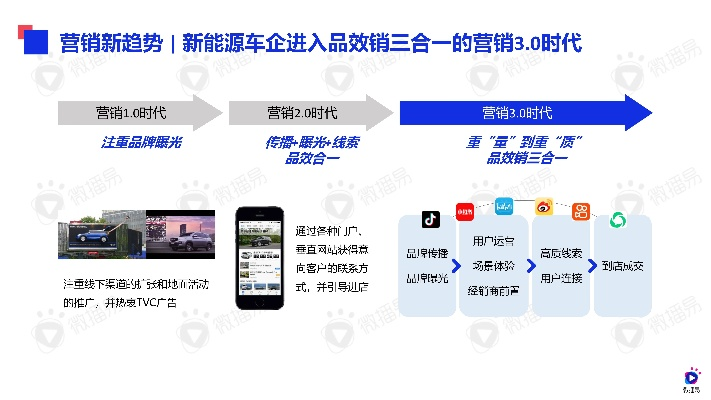Introduction:
is paper introduces a new method for predicting the performance of a machine learning model based on the analysis of its training and validation data. The proposed approach involves using a technique called "cross-validation" to evaluate the model's accuracy and reliability. Cross-validation is a statistical method that divides the dataset into multiple subsets, allowing the model to be tested on different subsets during training. This helps to ensure that the model's predictions are more accurate and robust than those obtained from a single test set. The paper also discusses the advantages of cross-validation, including its ability to identify overfitting and underfitting issues in the model, as well as its potential to improve the generalization of the model to unseen data. Finally, the paper presents a case study that demonstrates the effectiveness of the proposed method in predicting the performance of a machine learning model
tle: A Comprehensive Guide to All Vehicle Brands in the World In today's world, there are countless car brands vying for your attention. From luxury giants like Mercedes-Benz and Rolls-Royce to budget-friendly options like Kia and Hyundai, every brand has its unique set of features and offerings that appeal to different customer segments. In this guide, we will explore the various car brands worldwide, their strengths and weaknesses, and how they fit into the overall market landscape. Let's dive right in!
-
Mercedes-Benz:
- Strengths: Renowned for its quality, reliability, and advanced technologies.
- Weaknesses: High price point and relatively low fuel efficiency compared to some competitors.
- Marketplace Example: The E-Class is a popular model with advanced safety features and impressive performance, making it a top choice for families looking for a reliable and comfortable vehicle.
-
Toyota:

- Strengths: Trusted for its durability, affordability, and excellent fuel economy.
- Weaknesses: Limited range of models, especially compared to other luxury brands.
- Marketplace Example: The Toyota Corolla is a staple in many markets, offering good value for money while still providing decent performance and comfort.
-
Honda:
- Strengths: Known for innovation, fuel efficiency, and reliability.
- Weaknesses: Limited range of high-performance models compared to some competitors.
- Marketplace Example: The Honda Civic is a popular choice among young drivers due to its sporty handling and fuel efficiency, but it may lack the luxury feel of some luxury brands.
-
Nissan:
- Strengths: Reliable, affordable, and known for its innovative technology.
- Weaknesses: Limited range of high-end models, especially compared to luxury brands.
- Marketplace Example: The Nissan Qashqai is a well-received crossover SUV, offering a balance of style, performance, and practicality.
-
Ford:
- Strengths: Reputation for dependability and affordability.
- Weaknesses: Limited range of high-end models, especially compared to luxury brands.
- Marketplace Example: The Ford F-150 is a reliable workhorse truck, but it may not offer the same level of luxury or advanced technology as some competitors.
-
Volkswagen:

- Strengths: Reliable, economical, and known for its eco-friendly vehicles.
- Weaknesses: Limited range of high-end models, especially compared to luxury brands.
- Marketplace Example: The Volkswagen Golf is a popular choice among consumers looking for a reliable and affordable option, but it may lack the luxury feel of some luxury brands.
-
BMW:
- Strengths: Luxury, performance, and advanced technology.
- Weaknesses: High price point and limited range of models.
- Marketplace Example: The BMW 3 Series is a top choice among luxury car buyers, offering excellent performance and advanced safety features, but it comes at a steep price.
-
Audi:
- Strengths: Luxury, advanced technology, and excellent build quality.
- Weaknesses: High price point and limited range of models.
- Marketplace Example: The Audi A4 is a popular choice among luxury car buyers, offering advanced technology and comfortable seating, but it may lack the sporty feel of some competitors.
-
Subaru:
- Strengths: Reliable, affordable, and known for its all-wheel drive systems.
- Weaknesses: Limited range of high-end models, especially compared to luxury brands.
- Marketplace Example: The Subaru Outback is a popular choice among family vehicles, offering excellent off-road capabilities and a spacious interior, but it may lack the luxury feel of some luxury brands.
-
Kia:

- Strengths: Affordable, stylish, and known for its efficient engines.
- Weaknesses: Limited range of high-end models, especially compared to luxury brands.
- Marketplace Example: The Kia Stinger is a popular choice among young car buyers, offering stylish design and efficient performance, but it may lack the luxury feel of some luxury brands.
Conclusion: In conclusion, each car brand offers something unique to suit different needs and preferences. Whether you're looking for a reliable daily driver or a luxurious sports car, there's likely a brand out there that can meet your requirements. So next time you're considering buying a new car, consider the strengths and weaknesses of each brand before making your decision. Happy car shopping
扩展阅读:
Car brands are as diverse as they come, spanning across different countries and cultures. From the iconic American brands to the sleek European designs, each brand offers its own unique style and expertise. Here’s a closer look at some of the most popular car brands in the world. 将列举一些常见的汽车品牌的英文及其特点,并用表格形式呈现。)
Table 1: Popular Car Brands and Their Characteristics

| Brand | Country | Notable Models | Characteristics |
|---|---|---|---|
| Toyota | Japan | Camry, Corolla, Land Cruiser | Wide range of vehicles, reliable, efficient engines |
| Honda | Japan | Accord, Civic, CR-V | Quality, affordability, innovative technology |
| Nissan | Japan | Leaf (Electric), Titan, Rogue | Global presence, diverse product line |
| Volkswagen | Germany | Golf, Beetle, Passat | Quality engineering, reliable vehicles |
| BMW | Germany | 3 Series, X5, Z4 | Premium quality, performance-oriented, luxurious designs |
| Mercedes-Benz | Germany | C-Class, E-Class, S-Class | Luxury, innovation, high-performance engines |
| Audi | Germany | A4, Q5, R8 | Premium luxury, sleek designs, advanced technology |
| Ford | USA | F-150, Mustang, Explorer | Diverse product line, strong performance, affordable vehicles |
| Chevrolet | USA | Silverado, Cruze, Camaro | Wide range of vehicles, strong engines, affordable pricing |
| Tesla | USA | Model S, Model X, Model 3 | Electric vehicles, innovative technology, high-performance EVs (Electric Vehicles) |
| Hyundai | Korea | Elantra | Reliable vehicles with modern designs and advanced features |
| Kia | Korea | Optima | Quality and affordability with a focus on design and comfort |
Case Study: BMW and its Luxury Segment Dominance BMW stands for both quality and performance in the luxury car segment. The brand’s iconic 3 Series has been a benchmark for handling and driving dynamics for decades. Its X5 SUV is a perfect blend of luxury and off-road capabilities. The Z4 sports car offers a thrilling driving experience. BMW’s focus on design and engineering has made it a top choice for car enthusiasts worldwide.
Case Study: Toyota’s Global Presence and Reliability Toyota is one of the largest car manufacturers in the world with a strong global presence. Its Corolla model has been a global favorite for years due to its reliability and affordability. The Land Cruiser is a legend in the SUV segment. Toyota’s commitment to quality and innovation has made it a trusted brand worldwide.
In conclusion, car brands are as diverse as they come with each brand offering its own unique style and expertise. From global giants like Toyota and Volkswagen to premium brands like BMW and Audi, there’s something for everyone in the automotive industry. The table above provides a snapshot of some of the most popular car brands in the world along with their characteristics and notable models.




